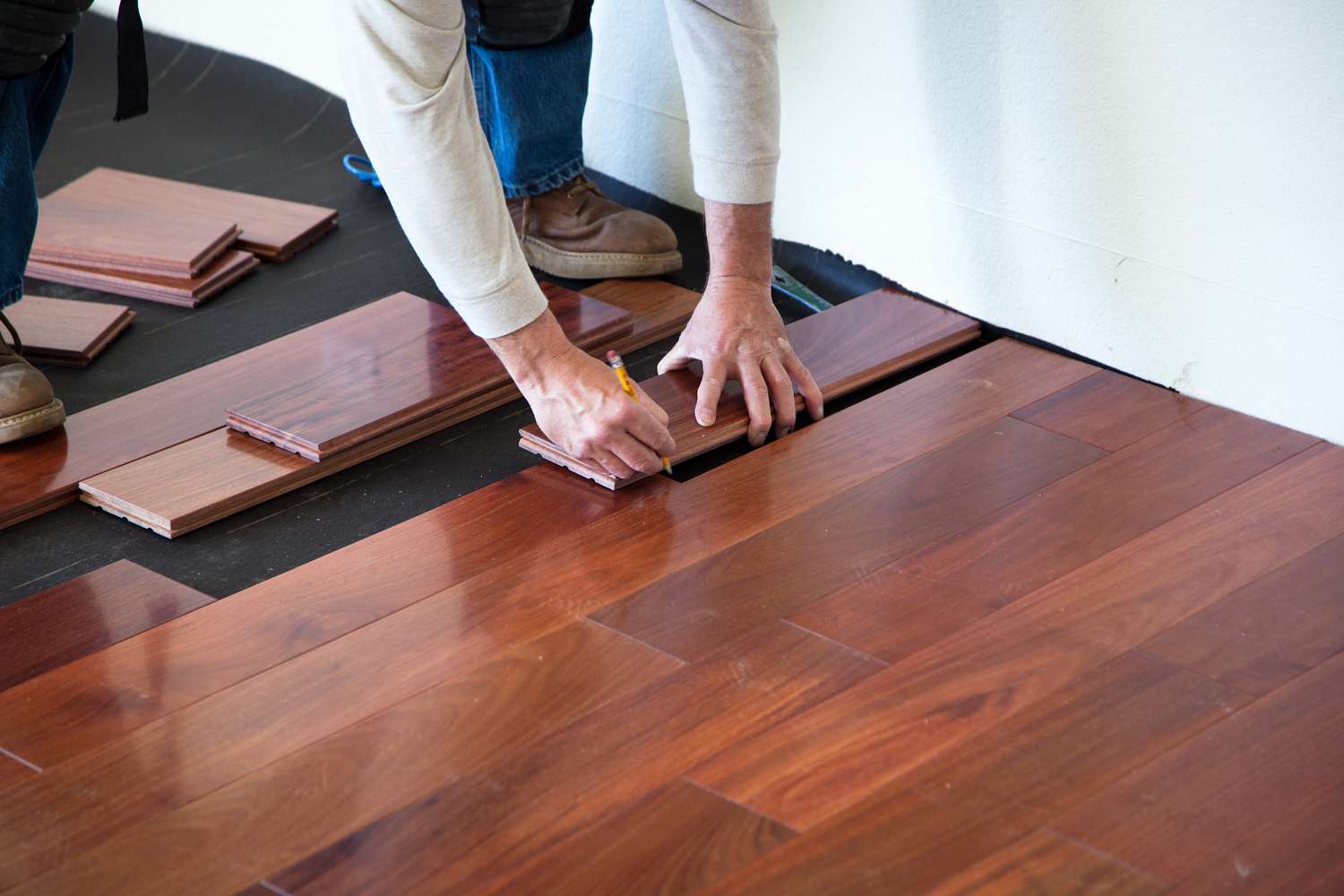Call Us Today For A Free Consultation: 615-525-8464


Installing laminate flooring can greatly enhance a space’s aesthetic appeal while providing a durable and cost-effective flooring solution. The process requires attention to detail and precision, from preparing the subfloor to meticulously clicking and locking the planks into place. However, the key to a successful installation lies in understanding the intricacies of each step and ensuring proper execution. So, how exactly does one navigate through the complexities of this task to achieve a flawless result? Let’s explore the essential steps involved in installing flooring.
Before beginning the laminate flooring installation, how should the subfloor be prepared to ensure a smooth and durable foundation for the new floor? It is crucial to start by assessing the subfloor for any imperfections and ensuring it is level. Subfloor leveling may be necessary to correct any uneven areas that affect the laminate flooring’s integrity. Applying a moisture barrier is also essential to prevent water damage and mold growth.
This step involves laying down a suitable barrier material to protect the laminate planks from moisture seeping through the subfloor. Properly leveling the subfloor and applying a moisture barrier set the stage for a successful, long-lasting laminate flooring installation.
To ensure the successful installation of laminate flooring, it is crucial to acclimate the laminate planks to the environment in which they will be installed. Proper acclimation helps prevent issues such as buckling or gaps in the flooring. Here are some key points to consider:
– Moisture Testing: Conduct moisture testing on the subfloor to ensure it is within the acceptable range before acclimating the laminate planks.
– Temperature Control: Maintain a stable temperature in the installation area to mimic normal living conditions.
– Acclimation Timeframes: Allow the laminate planks to acclimate to the room for at least 48 hours or follow the manufacturer’s recommended acclimation time frame.
Following these steps will help ensure a smooth and durable laminate flooring installation.
The underlayment serves as a crucial foundation for the laminate flooring installation, providing necessary support and cushioning for the planks. Proper underlayment installation techniques are essential to ensure the longevity and performance of the laminate flooring. The benefits of a well-installed underlayment include noise reduction, moisture protection, and added comfort underfoot. Common mistakes during underlayment installation include improper seams overlapping, using the wrong type of underlayment, and failing to secure it properly to the subfloor.
Solutions to these issues involve carefully following the manufacturer’s instructions, using the correct tools for the job, and ensuring a smooth and flat surface before laying down the underlayment. Taking the time to install the underlayment correctly will help guarantee a successful laminate flooring installation.
Properly clicking and locking the laminate planks is crucial in ensuring a secure and durable flooring installation.
Regularly clean after installation your laminate flooring with a damp mop and avoid excessive water exposure to maintain your laminate flooring. In case of damage, learn repair techniques, such as using a laminate floor repair kit for minor issues.
Transition strips and molding are vital in achieving a polished and seamless appearance when installing laminate flooring. When adding transition strips and molding, it is essential to consider choosing colors that complement the laminate flooring for a cohesive look. Matching the color of the transition strips and molding to the flooring can create a harmonious transition between different spaces. Additionally, accurately measuring the space where the transition strips and molding will be installed is crucial to ensure a perfect fit. Proper measurements help prevent gaps or overlaps, resulting in a professional finish. By carefully selecting colors and measuring the space accurately, transition strips and molding can enhance the overall aesthetic of the laminate flooring installation.

Licensed, Bonded, Insured.